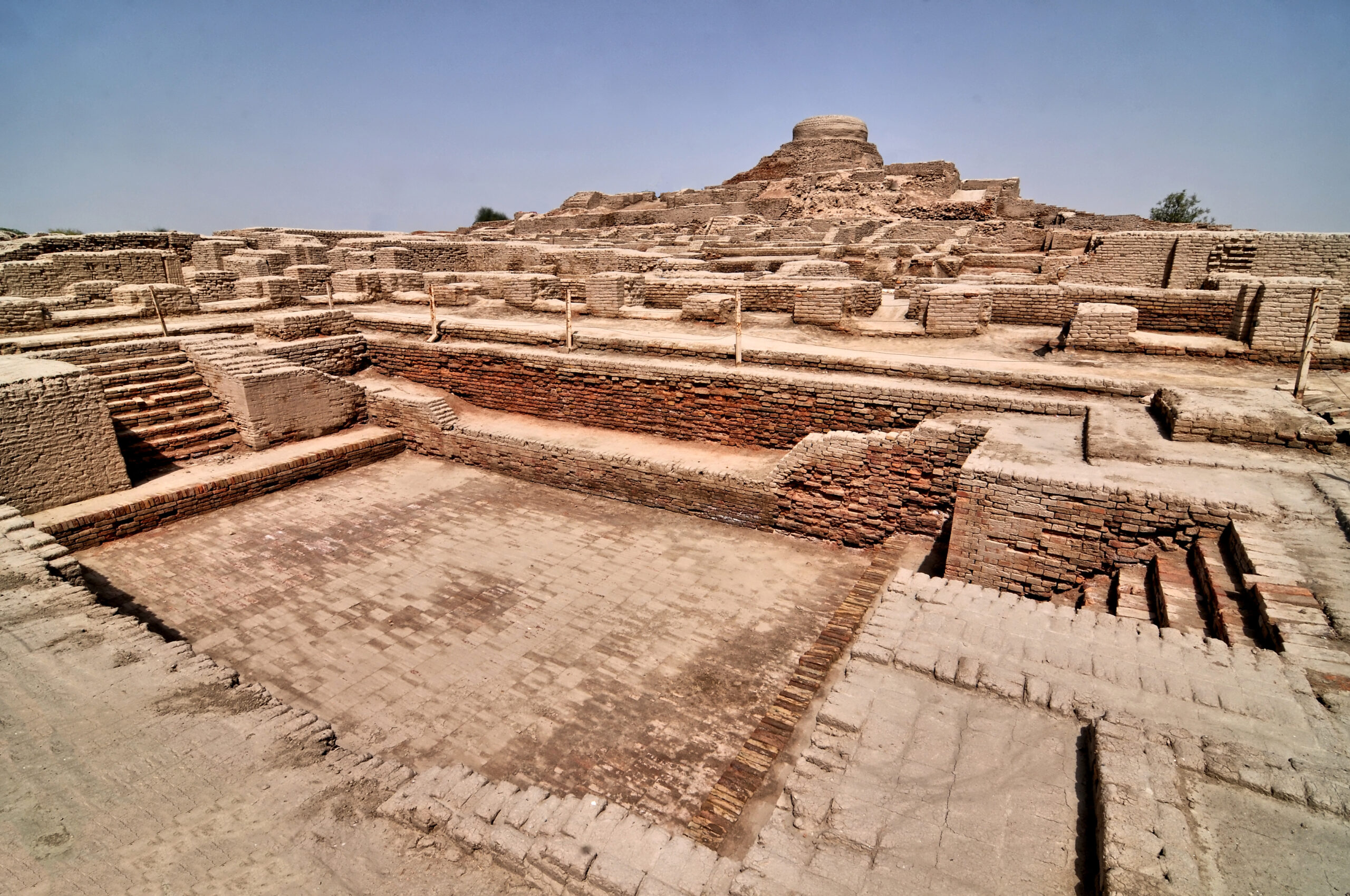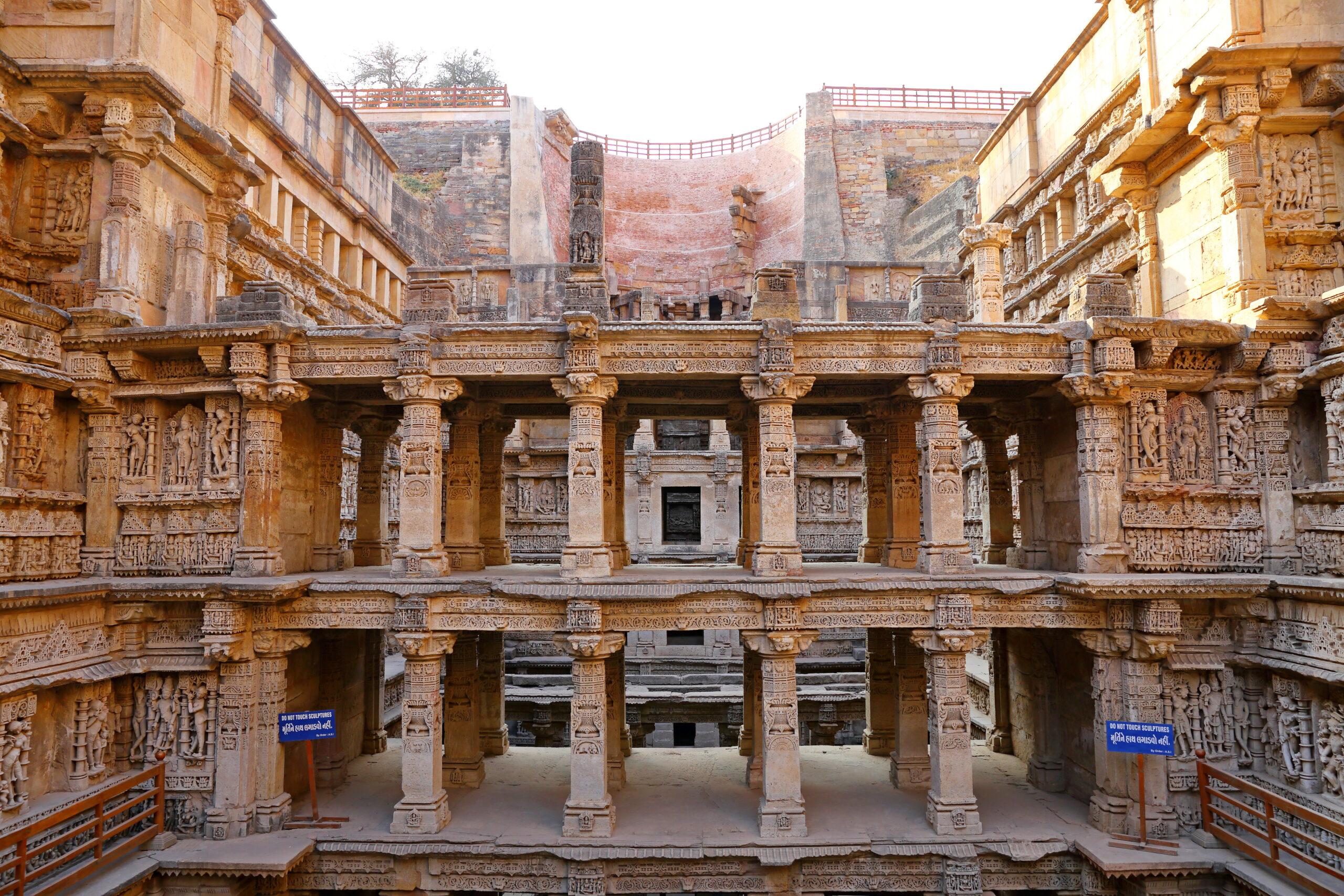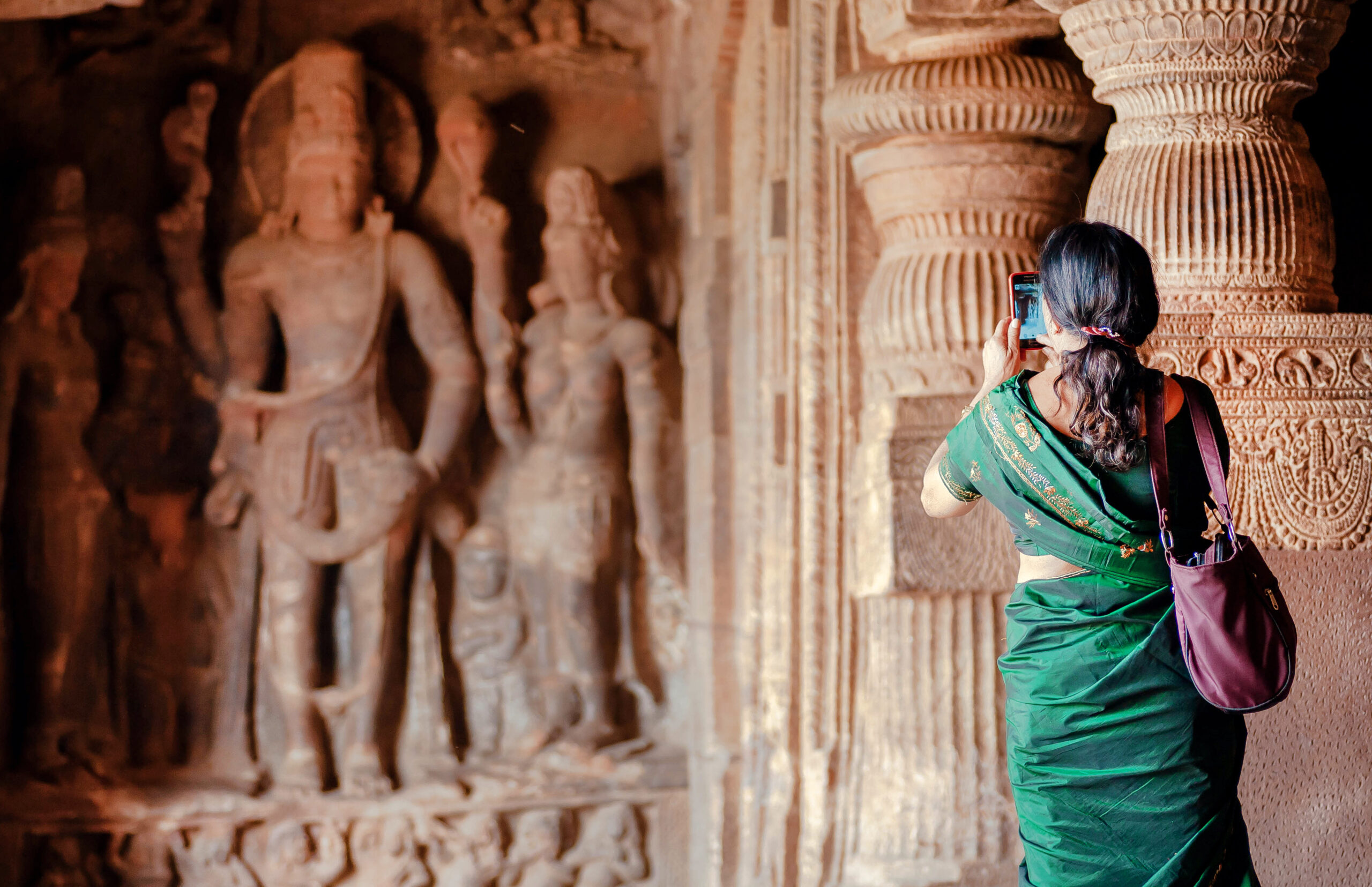- Since the exact origins of Hinduism are unclear, the primary focus of its early development is tied to the rise of ancient Indian civilization.
- The archaeological, scriptural, and cultural evidence all determine that the basis of Hinduism was formed in the Indus-Sarasvati region.
- These cities, Mohenjo Daro and Harappa, revealed a community of about 30,000 people that enjoyed a municipal sewer system complete with drains and manhole covers, indoor plumbing, a standardized system of trade, and many other signs of an advanced society.
Key Takeaways
Hinduism’s diversity owes greatly to its development over thousands of years and reflects the various philosophies, practices, and evolutions that shaped or became part of the religion. Though Hinduism doesn’t have a single founder, the ideas and practices that later became part of it emerged in the ancient Indian subcontinent, spreading over time to places such as Southeast Asia, and much later, to the Caribbean, Africa, and the West.
As the exact origins of Hinduism are not known, the primary focus of its early development has been tied to the rise of ancient Indian civilization (located across present day India and parts of Pakistan, Bangladesh, Afghanistan, Nepal, Bhutan, and Sri Lanka).
The Harappan Age
The origins of ancient India and Hindu civilization are not entirely known, but the Harappan era and the Vedic period profoundly shaped what is now the current form of Hinduism.
What was known in the 19th century about ancient India was based on the theoretical proposition that all people speaking the same language must belong to a single race, as noted in the relationship between European languages and Sanskrit. Linguist Max Muller was one of the earlier champions of this theory.
However, in 1924, British archeologists found evidence of great ancient cities in the Indus Valley (located in modern-day Pakistan). These cities, Mohenjo Daro (pictured at right) and Harappa, revealed a community of about 30,000 people that enjoyed a municipal sewer system complete with drains and manhole covers, indoor plumbing, a standardized system of trade, and many other signs of an advanced society.
These findings would later be referred to as the Indus Valley, Indus-Saraswati, Sindhu-Saraswati, and Harappan civilization. Subsequent excavations found evidence of additional cities in Sindh, Haryana, Gujarat, and other parts of the subcontinent, showing the expansive nature of the civilization.

Artifacts, such as seals and a ritual bathing site, were consistent with what would become part of Hindu culture centuries later.
The origin of these cities and of the Indus Valley civilization, as well as its decline, are not clear. Some scholars attribute the decline to a major drought around the Saraswati River, an ancient dried up waterway that is mentioned in Hinduism’s ancient sacred texts, the Vedas.
Both the Indus Valley and Vedic civilizations are chronologically contemporary and located in the same geographical region formed by the plains of the river Indus and its tributaries.
The image to the right depicts the Rani Ki Vav, a step well on the banks of the Saraswati River in Patan, Gujarat and has been classified as a UNESCO World Heritage Site.

Theories on the Origins of the Vedic Age
The origins of Vedic civilization are still unclear and contested with two major theories that have dominated the discussion: the Aryan Invasion Theory and the Aryan Migration Theory.
The terms Aryan (based on the Sanskrit word arya meaning noble) and Dravidian are loosely constructed epithets denoting groups of people while never clearly indicating that these are two different races.
The 19th century readings of Muller, and many scholars after him, championed the idea known as the Aryan Invasion Theory, which is premised upon the claim that a nomadic race called the Aryans supplanted a native population referred to commonly as Dravidians through a combination of force, co-option, and intermingling, created what became the Indian civilization and Hinduism.
In addition to the linguistic evidence, much of Aryan Invasion Theory in the 19th century was based upon the European Christian idea that the earth was only 4,000 years old.
In time, lack of evidence of any large scale invasions, no recording of any invasions in the Vedas, and lack of archaeological verification led to many scholars abandoning and debunking the Aryan Invasion Theory. This led to a more contemporary theory called Aryan Migrations emerging. Based upon a similar idea, waves of migrating Central Asian peoples settled in the Indus Valley starting around 1800 BCE, some time after the cities of Mohenjo Daro and Harappa were established.
The Aryan Migration Theory is premised on the similarities between ancient Persian and Indian culture, suggesting similar spreads across India. Additionally, interpretations of the Vedas that refer to arya and dasa have been presumed to refer to two separate races. Furthermore, Aryans used iron and horses, which were not considered native to India.
However, this argument has been disproven due to the fact that DNA evidence pointed to much more genetic consistency within the Indian subcontinent over a longer period than the Aryan migrations would suggest, as well as there being a lack of evidence of any large scale migration taking place. Additionally, there is also the questionable premise of language being a marker of race.
The archaeological evidence suggests historical continuity and a more fluid transition from the Harappan Age to the Vedic Period. Furthermore, even some of the previous assumptions, such as the use of horses and iron, were eventually disputed since trade and migration patterns within the Subcontinent would have brought both to the region
A third and competing theory states that the Vedic people (Aryans) were indigenous to the Indus-Sarasvati region and built the Indus Valley cities.
This theory is referred to as the Out of India Theory or the Indigenous Aryan Theory.
Archaeologists and historians began to embrace this theory because evidence suggested that a collection of groups lived along the major waterways of the Indian subcontinent. DNA analysis tracing thousands of years suggests similarities among the people of the Subcontinent.
The archeological findings, including satellite imagery, of the Saraswati River show that it mostly flowed through modern Rajasthan and was believed to have dried up around 2700 BCE. The river’s presence corresponds to numerous references in Vedic literature/scriptures to the Sapta Sindhu (Indus river and its tributaries) as the primary land of residence for inhabitants.
Archaeologists have noted that mingling among different populations across the subcontinent would have yielded the type of development over many centuries seen in ancient India. However, there is no definitive evidence that the river found in satellite imagery is the Saraswati River mentioned in the Vedas. There is also not enough clear evidence suggesting a stable evolution from the Harappan (early Vedic) to later Vedic periods.
While the scripts in the Harappan civilization remain undeciphered, many historians and archaeologists believe the likelihood of an indigenous mixing of groups resulted in the development of Vedic civilization.
As seen in the image to the right, many from around the world come to view the archaeological and religious sites from the 6th century.








































